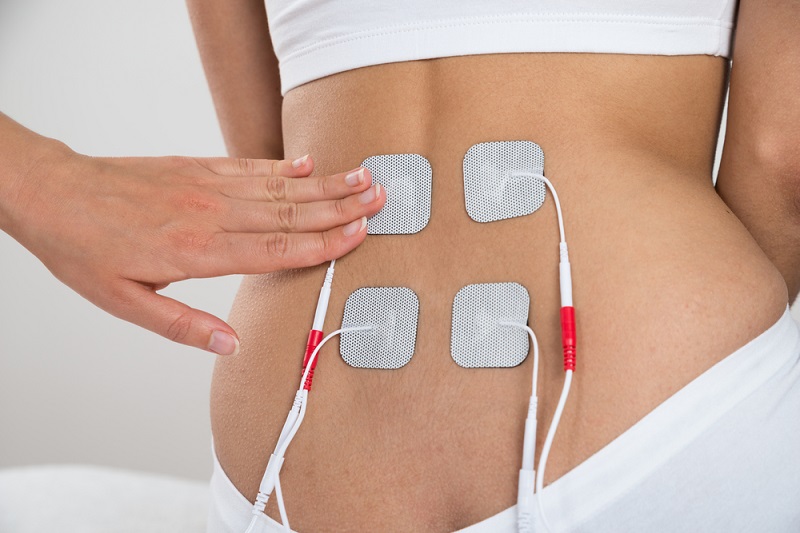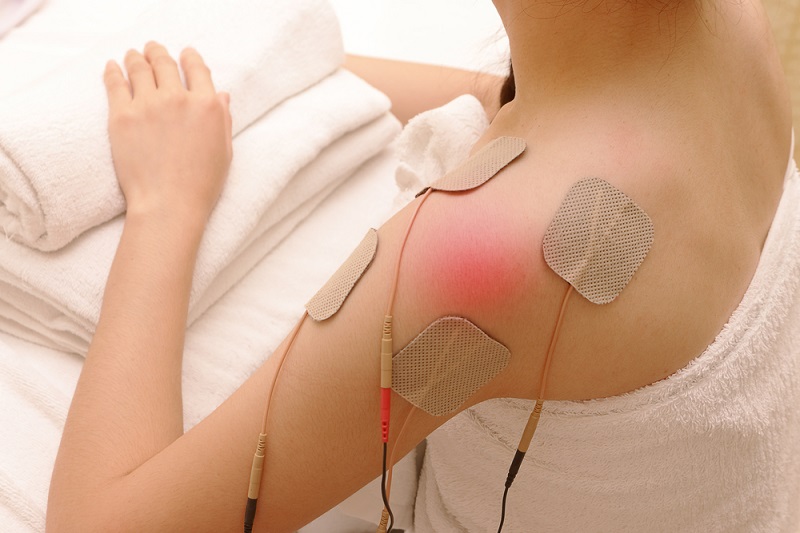
Skilled myofascial intervention, known as instrument-aided soft tissue mobilization (IASTM), is used to treat soft tissues. The method was inspired by the cross-friction massage developed by James Cyriax.
Soft tissue problems can be diagnosed and treated with its help. It is a massage technique wherein stainless steel tools with bevelled edges exert the right pressure that helps alleviate the pain. It enables more precise application and greater depth of penetration into various anatomical regions throughout the body.
According to legend, this practice was derived from the ancient Chinese medical procedure of Gua sha. In gua sha, the skin is scraped with implements with rounded edges until red bumps appear. Gua sha, in contrast to IASTM or Instrument muscle therapy, is neither based on the same principles nor aims to achieve the same results.

IASTM is used for treating the problem in the following ways:
- Muscles
- Fascia
- Ligaments
- Tendons
What’s the process?
Instruments efficiently break down fascial limitations and scar tissue. The ergonomic design of these devices helps the doctor pinpoint the source of the problem and apply just the right amount of pressure while treating the affected area.
Inappropriate fibrosis or excessive scar tissue can be reabsorbed, and the healing cascade that leads to the remodelLing of afflicted soft tissue structures can be triggered by microtrauma. A local inflammatory response is triggered by the introduction of controlled microtrauma to the afflicted soft tissue structure. Tissue adhesions, which might form after surgery, immobilization, recurrent strain, or other reasons, are torn down to allow complete functional restoration.
IASTM Physiology and Benefits:
- Mechanisms of Physiology:
The cellular-level advantages of IASTM or Instrument muscle therapy have been investigated. Applying IASTM or Instrument muscle therapy causes an inflammatory reaction in the affected tissues, leading to an increase in fibroblast proliferation, collagen synthesis, maturation, and the remodelling of an unstructured collagen fibre matrix. In turn, causing scar tissue, adhesions, and facial limitations to loosen and dissolve.
The fibroblast is the primary extracellular matrix cell (ECM). The ECM plays a crucial role in soft tissue homeostasis, repair, and regeneration. The fibroblast is responsible for producing the ECM, which comprises proteins including collagen, elastin, and proteoglycans, among others. Fibroblasts can act as mechanotransducers, meaning they can detect biophysical strain (deformation) caused by compression, torque, shear, and fluid movement and respond chemically.
Specifically, IASTM or Instrument muscle therapy increases blood flow to injured soft tissue, modifying the injury’s vascular response.
- Medicinal Advantages:
Many people do not prefer the alternative treatment method, and here instrument therapy proves beneficial. Clinical studies have also demonstrated improvements in patient’s range of motion, strength, and pain reporting after receiving Instrument muscle therapy.
- Benefits for the Therapist:
As a result of the mechanical advantage provided by Instrument muscle therapy, physicians can avoid stress injuries to their hands and achieve greater tissue penetration with fewer compressive pressures at the interphalangeal joints. In a study of physiotherapists, Snodgrass SJ discovered that thumb overuse was the second most common reason for missed work, right behind back pain. Ninety-one per cent of massage-using physiotherapists had to adjust their treatment methods for patients due to thumb pain.
It also heightens the therapist’s vibratory perception of changes in soft tissue qualities, such as limitations and adhesions. Therefore, the therapist can more easily spot abnormalities in the soft tissues.
Who is the apt candidate for instrument therapy?
Any individual suffering from soft-tissue pain, injuries or conditions can reap the benefits of this treatment. Some of the other conditions that can be treated are:
- Excessive scar tissue
- Problems of tendinitis
- Muscle and ligament strain
- Sports injuries encountered during running

Conclusion:
Some people report feeling better after using IASTM. This may be useful if you’ve exhausted other pain relief choices with no improvement. The actual issue arises when first efforts lack sufficient research and backing. Your treatment plan should go backward from the most likely alleviating your symptoms to the most likely leading to your full recovery. Unfortunately, IASTM is too far down the defensive hierarchy to serve as a primary defence. In as little as two or three sessions, you should begin to feel the positive effects of IASTM. Your body may benefit most from receiving therapy twice weekly for five weeks. In sum, IASTM can be helpful, but other approaches are considerably more so.





